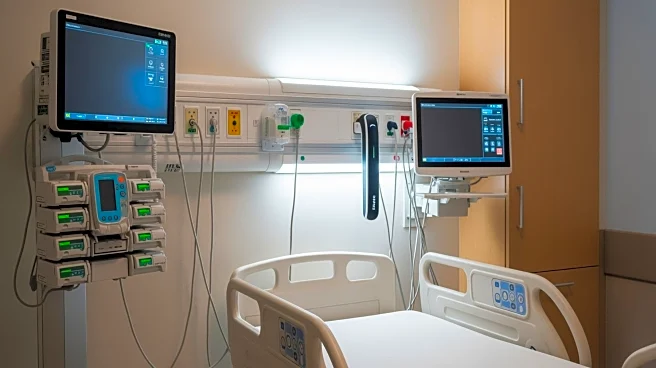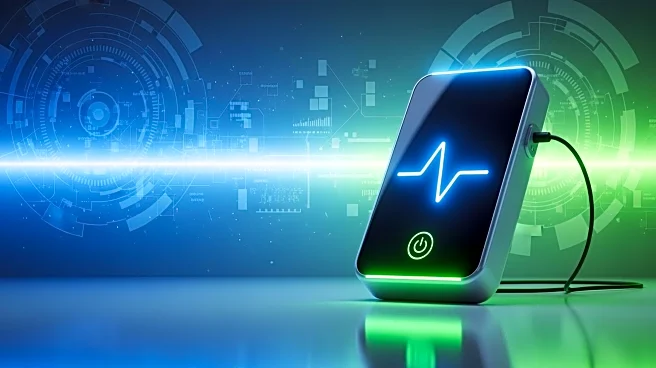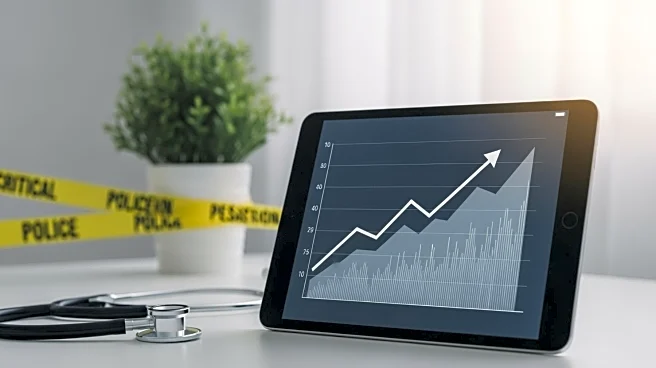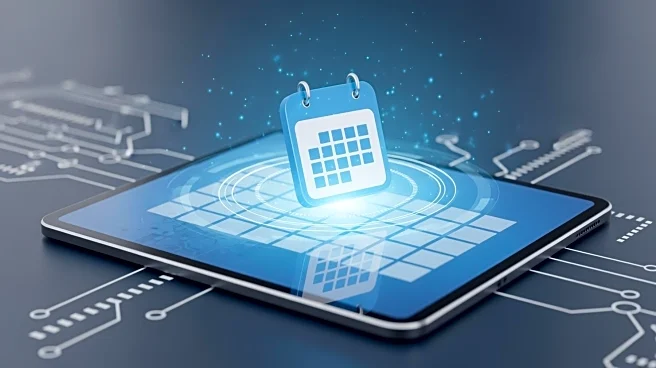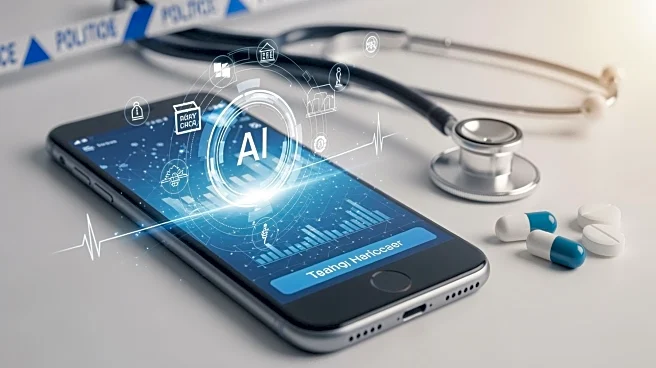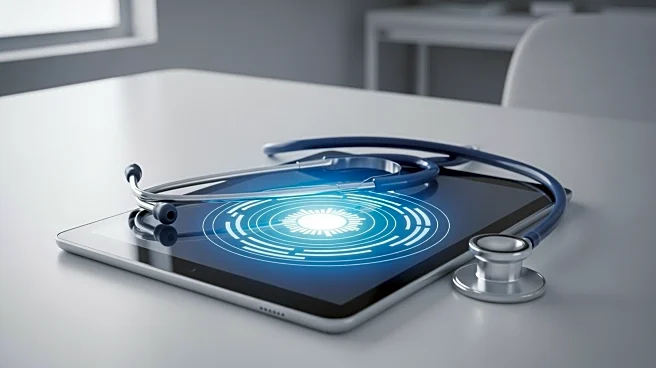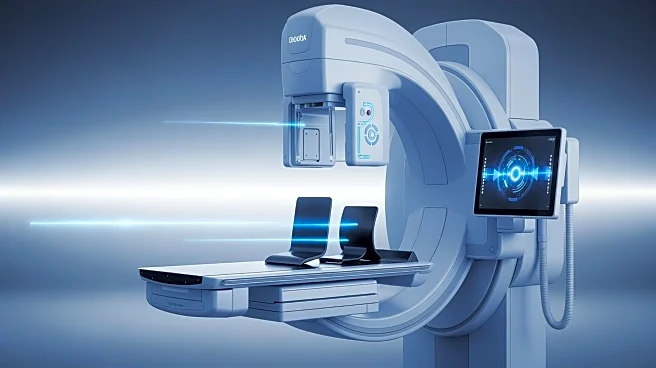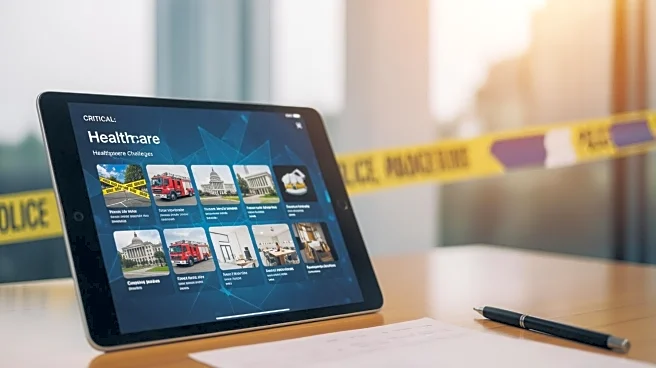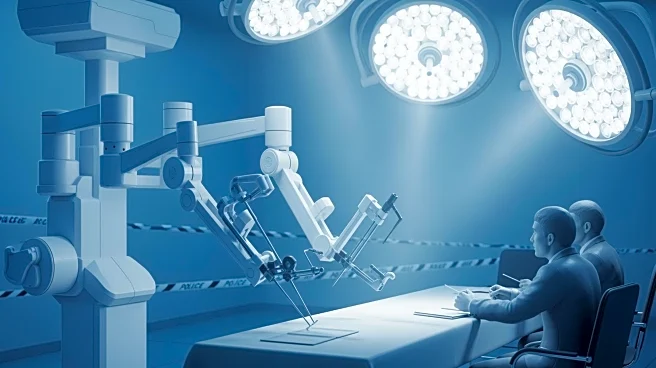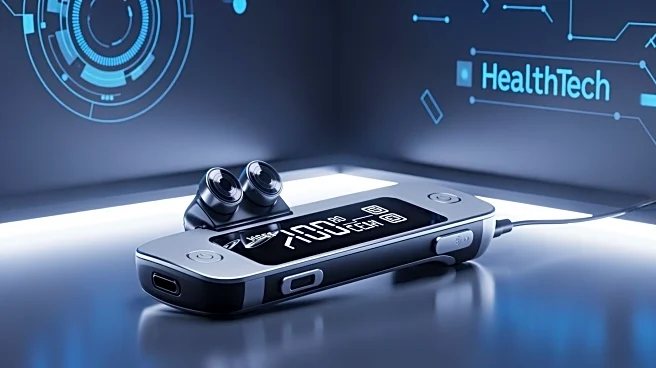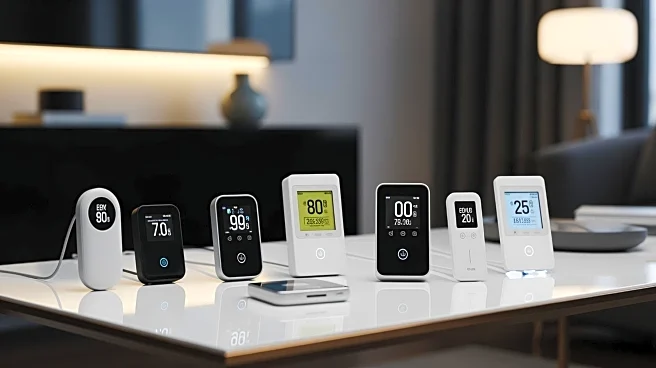What's Happening?
CenTrak, a company specializing in healthcare location and sensing solutions, is promoting the use of Real-Time Location Systems (RTLS) to address various challenges faced by healthcare facilities. These
challenges include staffing shortages, safety concerns, and the need for improved operational efficiency. RTLS technology provides healthcare organizations with the ability to track equipment, monitor environmental conditions, and enhance staff safety, thereby improving patient care and operational outcomes. The technology is designed to be flexible and scalable, allowing healthcare facilities to adapt to changing needs and expand their capabilities without significant infrastructure changes.
Why It's Important?
The implementation of RTLS technology in healthcare settings is significant because it directly impacts patient outcomes and operational efficiency. By reducing the time required to locate critical equipment, healthcare providers can deliver timely care, which is crucial in emergency situations. Additionally, RTLS systems help optimize patient flow, reduce wait times, and prevent bottlenecks, leading to better patient experiences and outcomes. The technology also enhances staff safety by providing discreet duress solutions and contact tracing capabilities, which are essential in high-risk environments. Overall, RTLS technology supports healthcare organizations in achieving operational excellence, improving patient care, and reducing costs.
What's Next?
Healthcare organizations are likely to continue investing in scalable RTLS platforms to meet the evolving demands of the industry. As patient expectations rise and operational pressures increase, the ability to make real-time, data-driven decisions will become even more critical. Organizations may explore new use cases for RTLS technology, such as visitor management and asset tracking, to further enhance their capabilities. The focus will be on selecting vendor partners that offer ongoing consulting and adaptable solutions to ensure long-term success in a dynamic healthcare landscape.
Beyond the Headlines
The adoption of RTLS technology in healthcare settings may lead to broader implications, such as improved compliance with healthcare protocols and reduced administrative burdens. Automated monitoring systems can ensure consistent adherence to protocols, reducing the risk of human error and enhancing overall healthcare quality. Additionally, the integration of RTLS technology with other healthcare technologies and standards may decrease the number of siloed systems, promoting a more cohesive and efficient healthcare environment.
